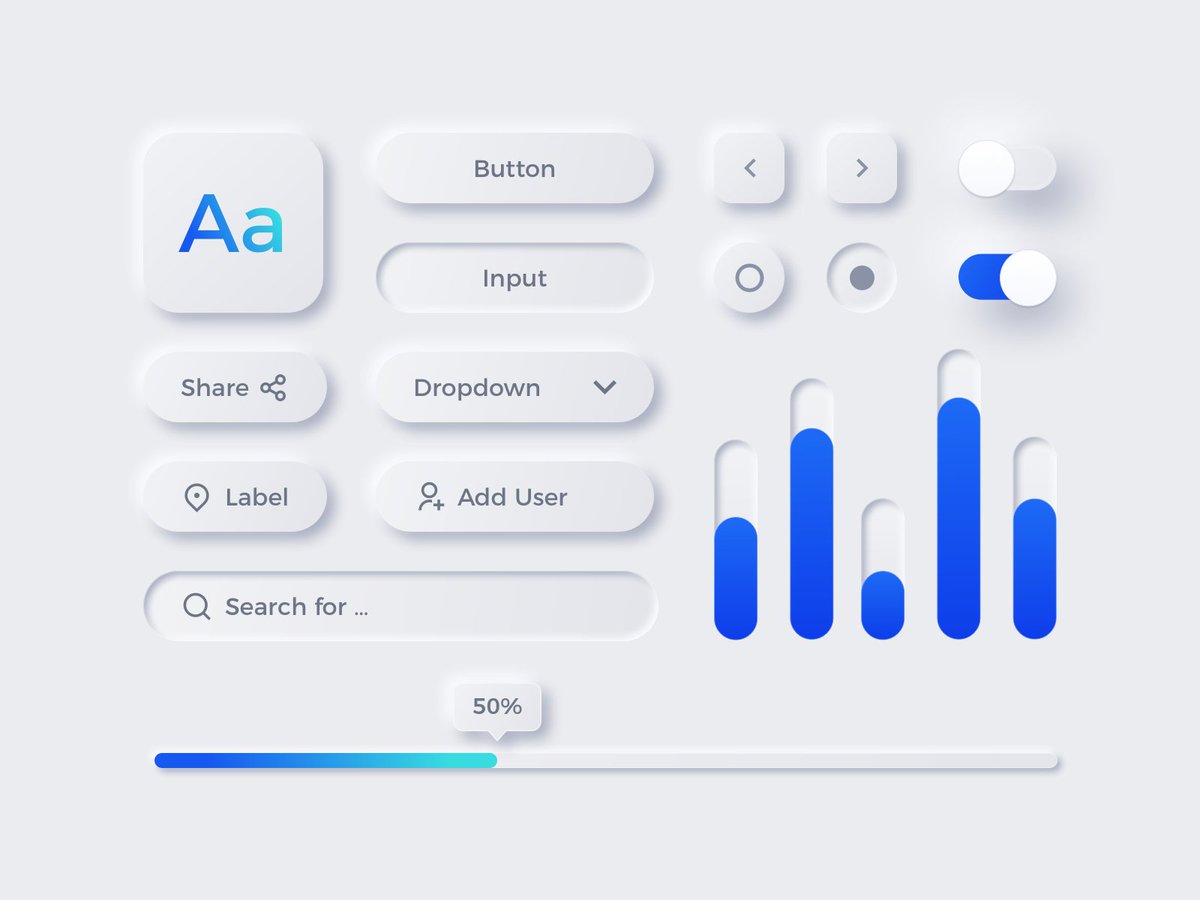
Who needs accessibility and contrast when you can finally justify going back to gray-on-gray aesthetics
There's one of these every year (thankfully few stick around), seemingly to create job security for designers who don't know how to do UX
I'm hoping this means we've finally broken the cycle
https://twitter.com/PavelASamsonov/status/1131225290829643777?s=20
Just realized that in neumorphic interfaces, 50% is about 30%
https://twitter.com/PavelASamsonov/status/1423309404791840773?s=20
• • •
Missing some Tweet in this thread? You can try to
force a refresh







